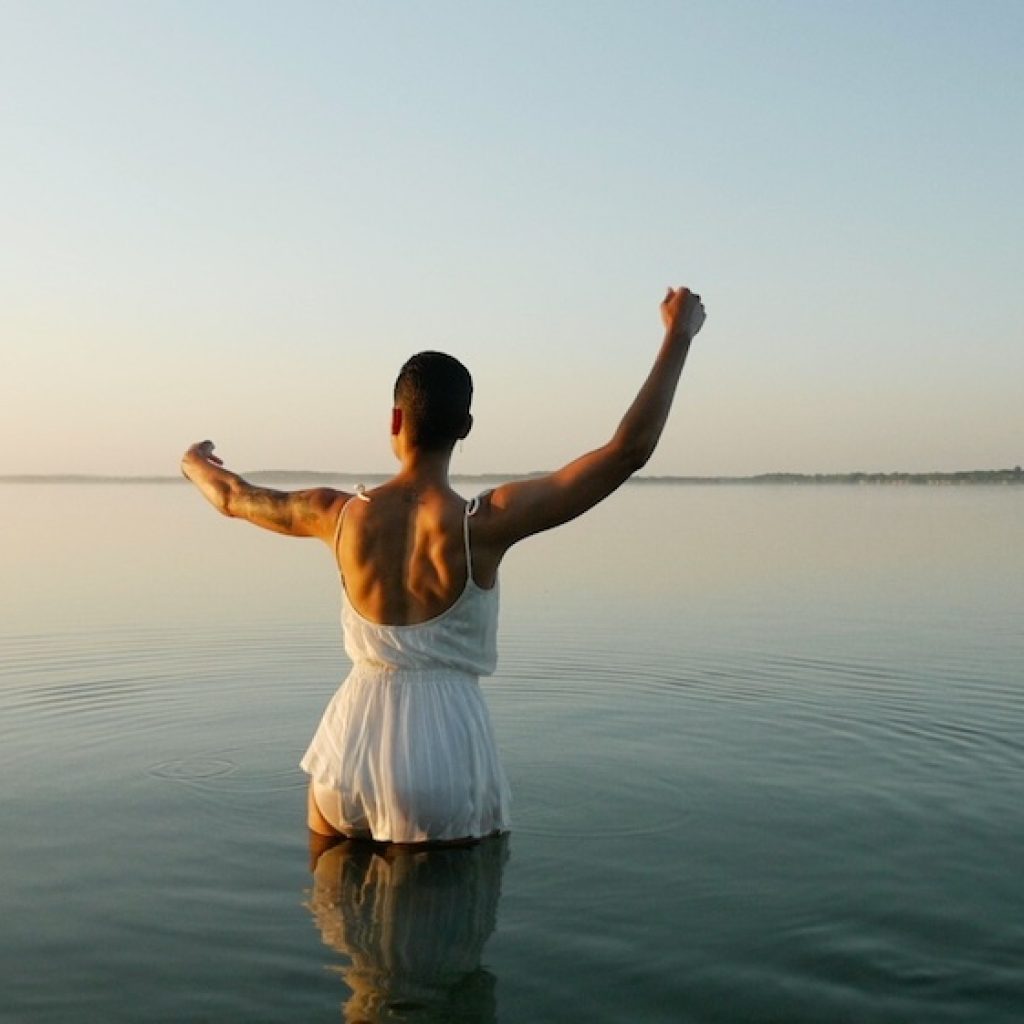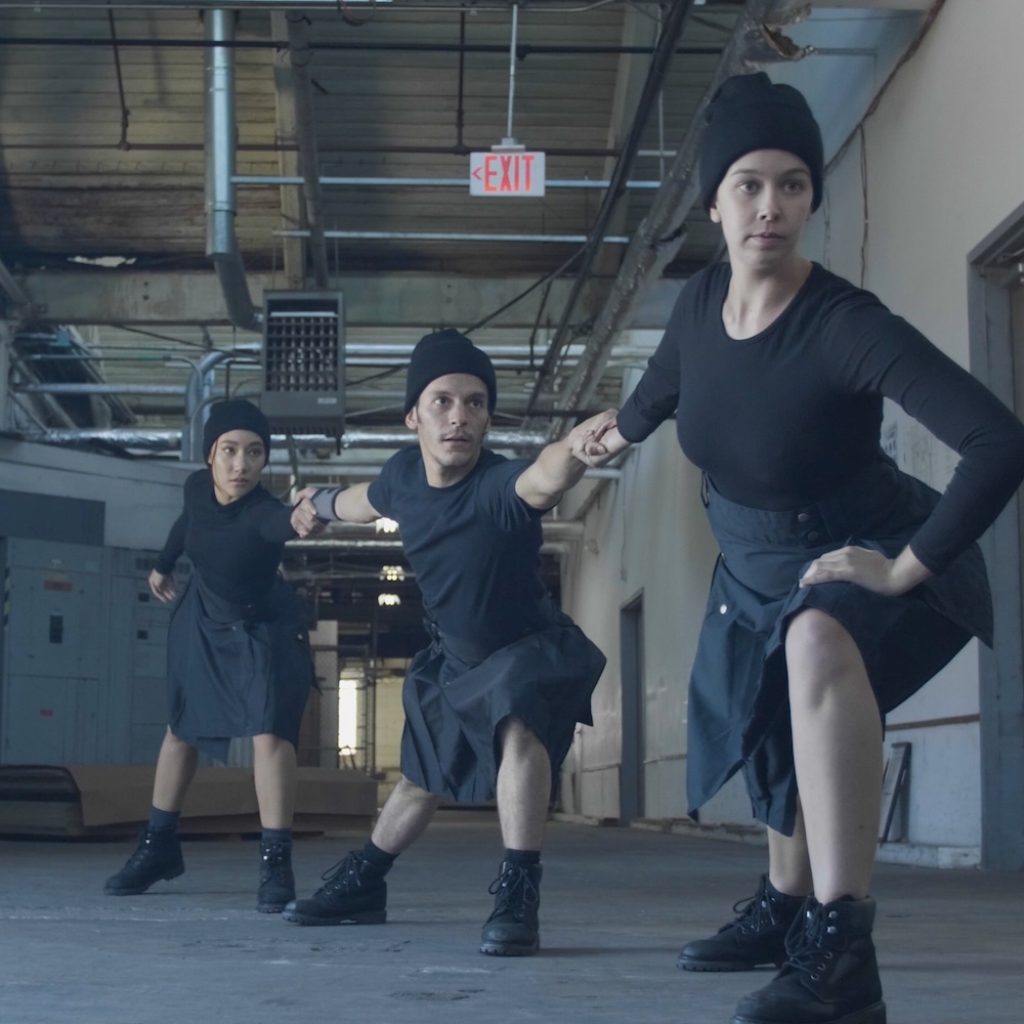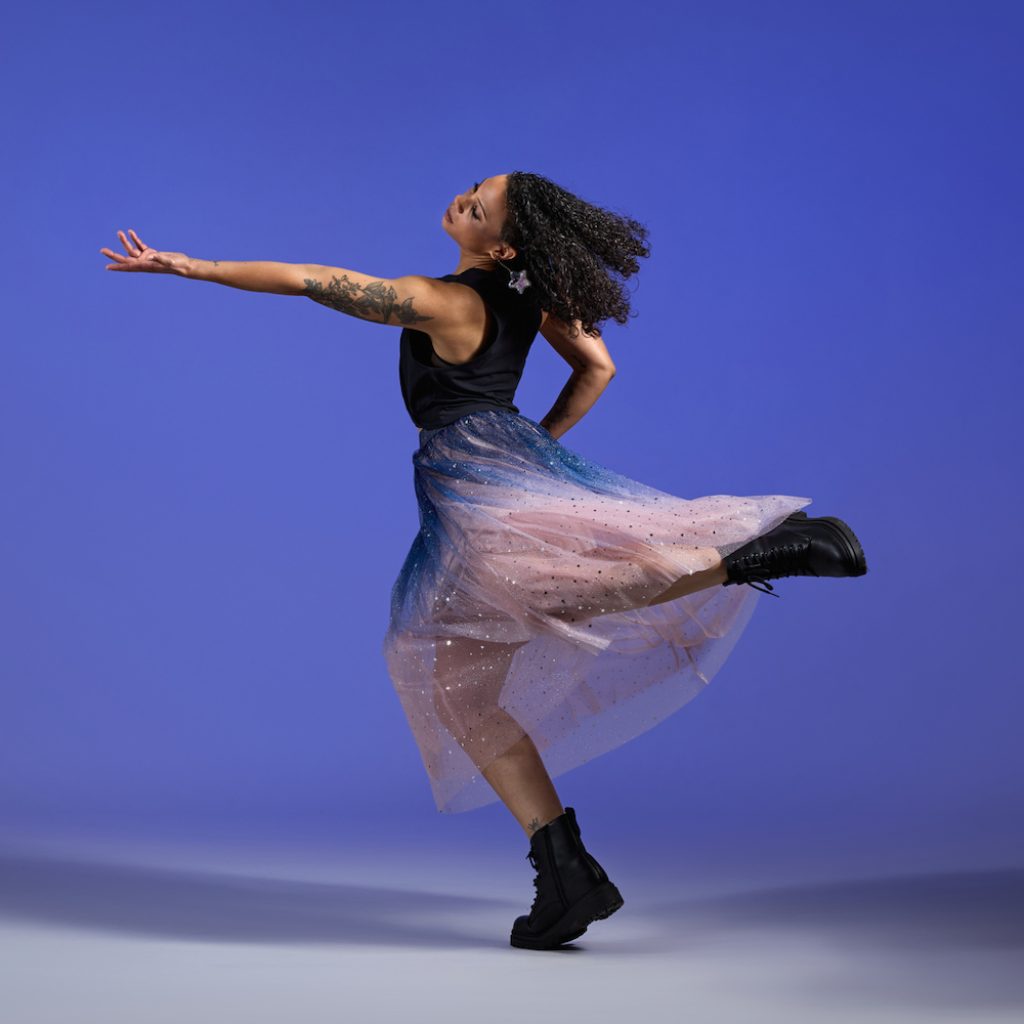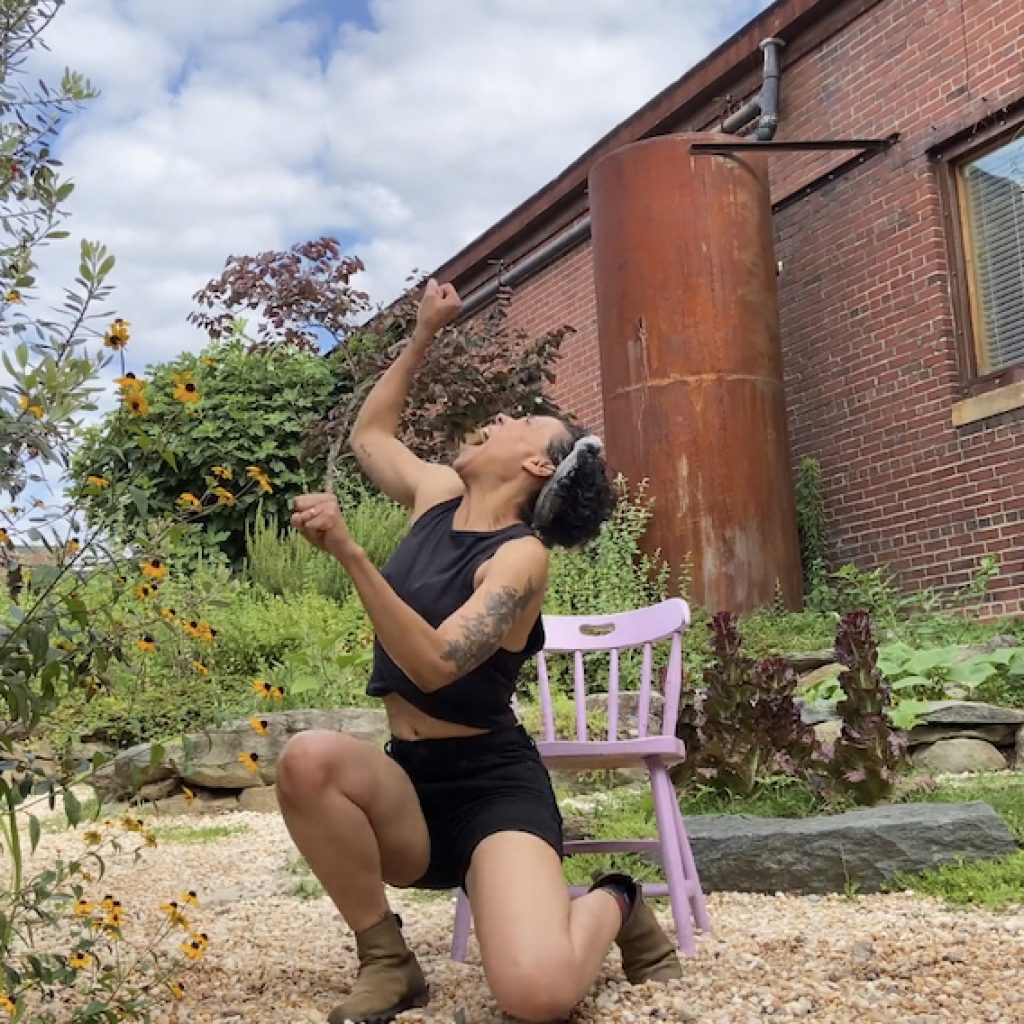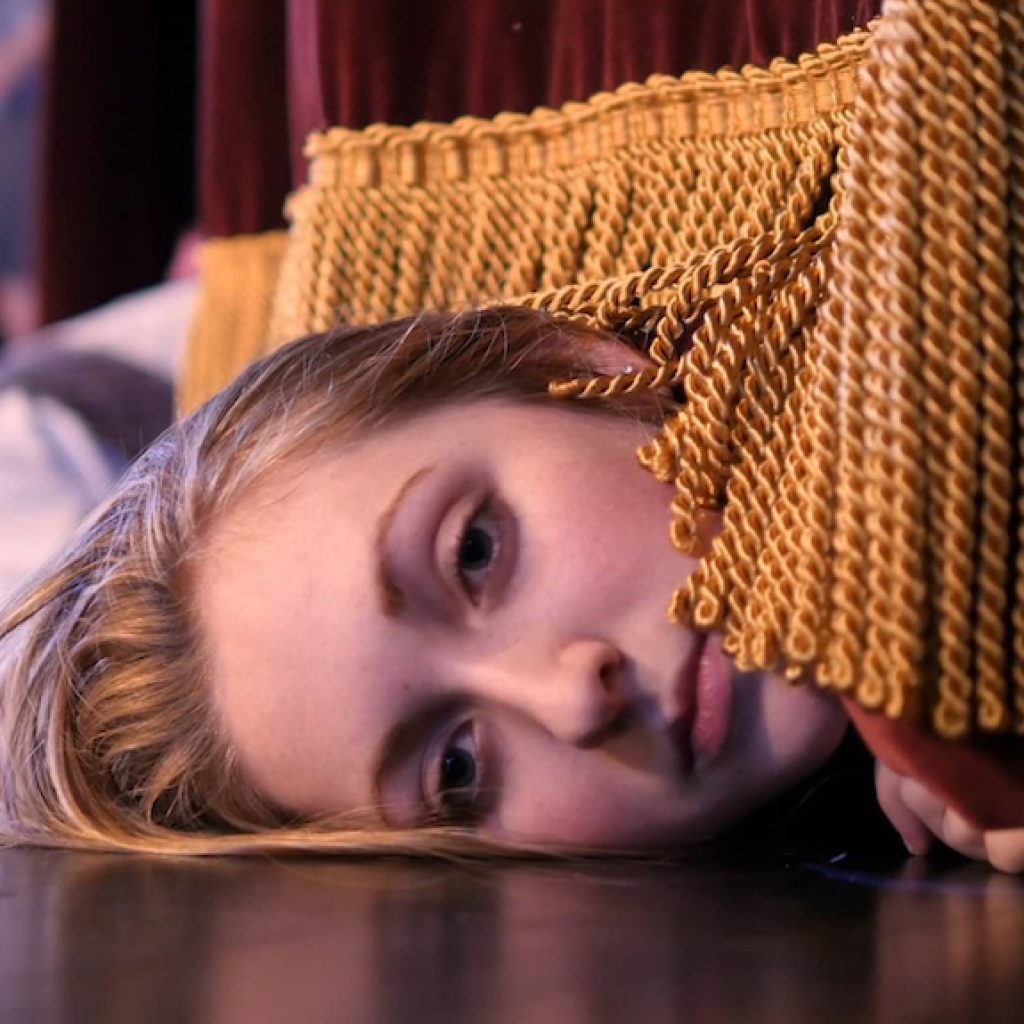The digicam angle shifts from a stylized carry to a supple arm motion. The following shot pans again out to a bigger group dancing in a lush pure setting. Dance movie: it’s actually not fairly the artwork of dance that we see on live performance levels. Extra artists ventured into the medium throughout, and after, COVID lockdowns – but folks have been dancing on movie for so long as there was movie.
It’s nonetheless dancing, sure, calling upon a strong base of technical coaching and artistry. But, dance artists should method the work considerably otherwise than they method performing reside. The method presents completely different advantages in addition to distinctive, and vital, challenges: bodily, psychological, logistical and extra. What can dancers new to movie work anticipate? How can they bring about their greatest to set, in addition to adequately care for his or her instrument?
To be taught extra about these issues and extra, Dance Informa speaks with three dance artists skilled in movie work. Cara Hagan has had her “fingers,” as she says, in a variety of roles in dance movie: performing, directing/choreographing, competition manufacturing (Films by Movers by the American Dance Pageant), writing (Screendance from Movie to Pageant – Celebration and Curatorial Follow; McFarland, 2022), and educating college programs (on the London Modern Dance College).
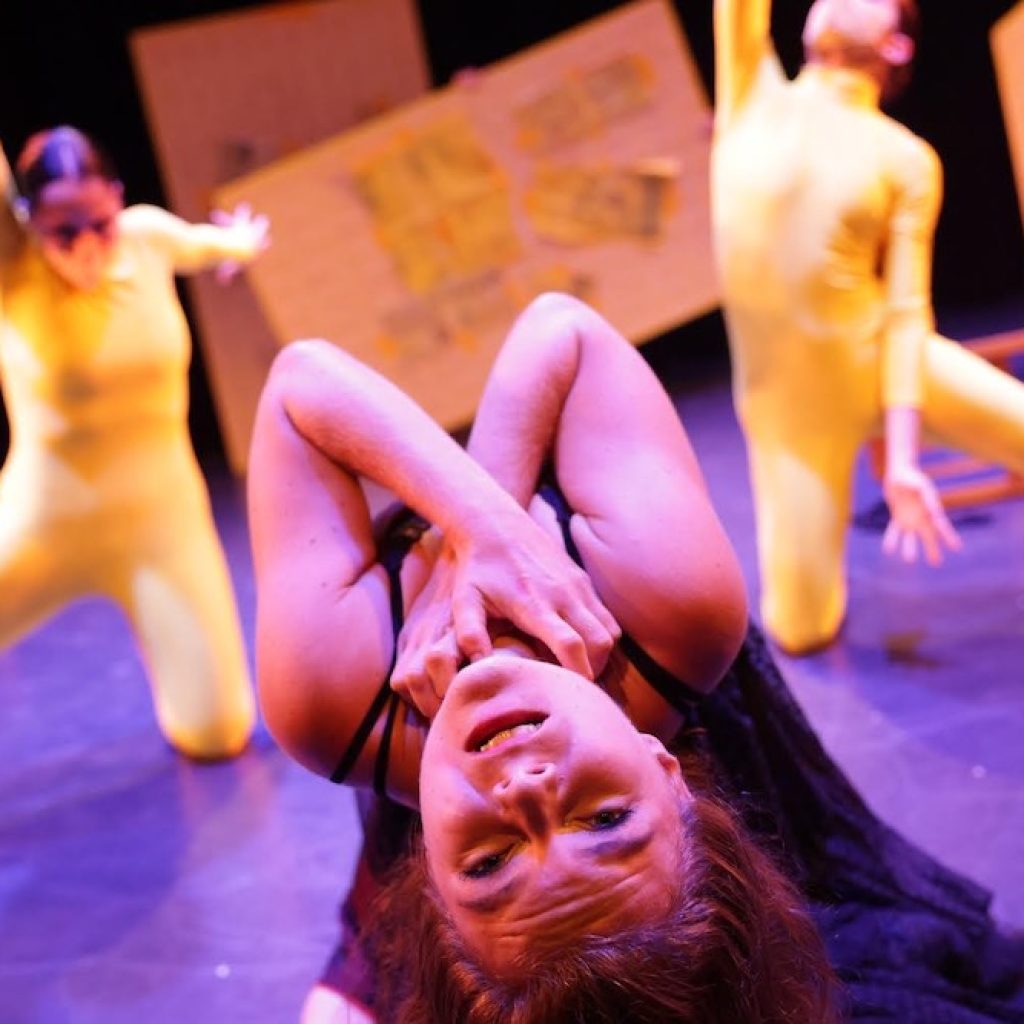
Madelaine “Maddie” Burnett started her efficiency profession with onscreen appearing (Supernatural followers would possibly acknowledge her as a younger woman), has carried out in quite a lot of movie dance initiatives, and usually has all the time been drawn to character-driven, theatrically-based work. Marta Renzi is a long-time dance filmmaker, having created over 35 movies proven at over 100 festivals. All of them be aware, with honest appreciation and keenness, how dance movie presents instruments and potentialities that merely aren’t accessible with reside dance.
“Dance is so fleeting and ephemeral,” Burnett notes. “Dancing for digicam creates a souvenir of the work which you could return to as many occasions as you need. A digicam can even get extra intimate and seize the refined, pure human components of the story {that a} live performance viewers could not be capable to catch as simply.” Dance movie work will also be seen everywhere in the world, no matter the place it’s made – making it extra accessible than reside dance, she additionally reminds us.
#1. Be ready for a distinct form of dedication; the ‘hurry up and wait’ is actual. Refine the form of warming up and power upkeep that works for you.
Hagan doesn’t mince phrases. “Movie work could be tremendous uncomfortable…it’s freezing or 90 levels out, otherwise you’re dancing on concrete.” It’s usually site-based or site-specific, which steadily comes with less-than-ideal environmental situations; it’s no form of temperature-controlled theater or proscenium with Marley flooring.
Renzi notes the way it can subsequently generally be a problem to remain adequately heat on set, so that you simply’re able to go each time the director is able to name “motion” – at your energetic greatest, and with out (or with minimal) danger of harm. The “hurry up and wait” dynamic could be fairly current; you could also be able to go, however a lighting subject may delay filming for hours.
But, consistently shifting with a view to keep heat can burn your power out. Burnett stays heat by taking a morning ballet class (and even simply doing a barre at house), after which specializing in principal essential physique areas — for instance, core, toes and general muscular vary. Primary bodily instruments like planks can do wonders for preserving heat however not getting exhausted, she notes.
There’s “hurry up and wait,” sure, but additionally having to do take after take and totally “inhabiting” the motion with every. “Make every take one thing that the director can use,” Hagan encourages. Dancers want spectacular stamina with a view to meet that demand – so don’t overlook your endurance coaching, she says. Renzi additionally makes use of the phrase “inhabit”. So long as you’re doing that, dancing all the best way full-out might not be mandatory. Driving that line and discovering that steadiness might help handle your power on set.
The context can even imply a distinct form of power then, say, whenever you’re dancing in a elaborate theater and you’ll see excited viewers members from the wings. Pre-performance “jitters” are indicators of your physique pumping adrenaline, which (if correctly channeled) helps gasoline your efficiency. Dancers doing on-camera work have to search out that gasoline from someplace else, Burnett notes – particularly if that day turns into take after take after take.
That morning ballet ritual additionally helps put together her mentally, able to deliver no matter she must that day, she says. She additionally advises persevering with to return again to the emotional fact of the work at hand. Possibilities to do a number of takes, versus having your one shot for a reside viewers, will also be one thing to embrace and leverage towards your greatest work, Burnett provides.
When you’re dancing with a companion, that may additionally assist sustain the onscreen “electrical energy,” Renzi notes. With any of those instruments – or any others {that a} dancer could uncover works for them – the essential factor is having methods “to be current for each shot, and to maintain your self within the zone…you must be onboard for a very durational expertise,” Hagan says.
#2. Take into account subtleties, the intention behind them and emotional fact…examine appearing, if attainable!
A stage context is extra forgiving of “a facial features that doesn’t match [the moment] than the digicam is, as a result of the face reads extra on a display,” Renzi notes. Usually onstage work requires enlarging motion and presence, whereas it’s steadily the alternative with on-camera work, she says. “Movie asks for subtlety, and a dance movie director would possibly ask for a sure sort of subtlety – for a small motion to be captured a sure means – so it helps to have a variety of that accessible,” Hagan explains. “There’s in fact subtlety with work onstage, however it’s a distinct variety…it’s a distinct method to physicality.”
Methods to create and refine that subtlety, one could surprise? Firstly, “be clear on what your intention is, even when you must discover that out from the choreographer/director,” and persist with that, Renzi advises. Take into account goal and motivation, what your character/persona needs most within the captured second. One thing so simple as the route of gaze may very well be a part of that. “Simply don’t be vacuous, or present one thing that’s not your intention,” Renzi cautions.
Hagan and Renzi agree that making these selections is essential, as a result of it offers the choreographer/director one thing to form. If it’s not fairly what they’re in search of, they’ll redirect you. That’s higher than not having a lot to work with. Burnett additionally agrees on making clear selections, and asking questions in case you’re unsure. She additionally shares useful ideas for how one can deliver one thing that the director can mould into what they’re in search of.
“Begin from a spot of fact; discovering the reality of the character is a crucial a part of the method,” she advises. Make it actual for you, even in case you haven’t lived the very same experiences as your character/persona. For instance, Burnett has danced work about kids who’re affected by struggle (Alison Cook dinner-Beatty’s Echoes of Battle). That’s by no means occurred to her, however she has skilled loss and precarity in life.
These are experiences she will draw on – and having a complete repertory of these could be extremely useful for these lengthy days on set when you’ll be able to really feel your power and inventive “spark” waning. Burnett has additionally discovered it useful to write down out a script for the character/persona she’s dancing. She’ll by no means communicate these phrases on digicam, almost certainly, however it’s useful for her course of.
Burnett additionally practices facial expressions and “how the eyes communicate” within the mirror, and even someplace just like the subway, with a view to hone these “microscopic particulars” that the digicam does decide up. “You’re not practising the face, however the feeling,” she underscores. Past personal work as an artist, Burnett additionally emphasizes the significance of listening; “appearing is reacting.” In dance, that’s usually kinetic responsiveness to – and attunement with – different ensemble members.
Hagan additionally says that getting comfy with the motion materials might help (whether or not it’s choreographed or improvisational – each of which happen with movie dance, she says). Particularly in case you’re newer to on-camera work, “you would possibly really feel self-conscious in a means you haven’t earlier than – as a result of we don’t all the time carry out with a digicam in our face. Simply grasp the fabric and let that deliver you confidence. Attempt to be ‘in it’ and never targeted on ‘messing up’,” she advises.
Total, “in case you really feel such as you’re appearing, you’re not fairly there,” Burnett believes. Performing lessons might help construct expertise with all of this – and all three of our consultants suggest taking them, if attainable. Each form of artwork – sure, together with dance and theatrical work – tells a narrative and/or evokes feeling, Burnett reminds us. “Dancers must be taught to channel that by their physique.”
#3. Do your analysis (character-based and on this type of work normally).
Additional background analysis is one other device that Burnett makes use of to flesh out her efficiency, to make the character her personal. That could be much more essential within the context of a movie set, with out fodder for that available in any other case, she notes. Studying up on the histories, contexts and points concerned with the work might help. Moreover, are you able to communicate to somebody who’s had the form of experiences that your character/persona has?
Burnett has completed that for Echoes of Battle by talking together with her grandmother, who has lived that have. That form of data might help lead dancers to higher perceive the feelings or mindsets at hand — hope, naivete, unhappiness, anger, et cetera. That can avail them of a repertory of life experiences to attract upon, those who have drawn up such feelings in them.
Hagan additionally advocates studying extra about dance on movie, which certainly has been round for greater than a century. There are many these sources for us to be taught from, from means again, she underscores. “Examine your dance position fashions and the way they approached the work!”
#4. Be the form of collaborator that individuals will wish to work with once more.
Hagan shares that she treasures the collaborative nature of constructing dance movie. “I really like seeing issues by others’ eyes, seeing my thought by one other’s interpretation.” Collaboration can actually really feel great, however it additionally requires us to return to the method ready. “It’s an interdisciplinary artwork kind, and the individuals who collaborate must be interdisciplinary,” she notes.
That features growing consciousness of the language and methods during which filmmakers work. Find out about, and take note, features reminiscent of scale, proximity to digicam, and digicam angles, Burnett recommends. Refine the connection of your gaze and the digicam; don’t look into it, however don’t keep away from it, Renzi advises.
Hagan additionally explains that collaboration may look fairly completely different from director to director; some give a whole lot of route, and others ask extra impartial selections of the artists with whom they work. “Be capable of obtain” each sorts of route, or from actually wherever on that spectrum.
When all is alleged and completed, good collaborators cannot solely assist create a greater closing product, they’ll additionally make the method smoother and extra pleasing for all concerned. “Come into the house able to be a pleasure to work with, and so they’ll wish to accomplish that once more,” Hagan believes. Your coaching, the way you look dancing on display, and the way you have interaction in a working artistic surroundings: each matter, she says. “Present as much as the method with an open coronary heart and thoughts.”
By Kathryn Boland of Dance Informa.



